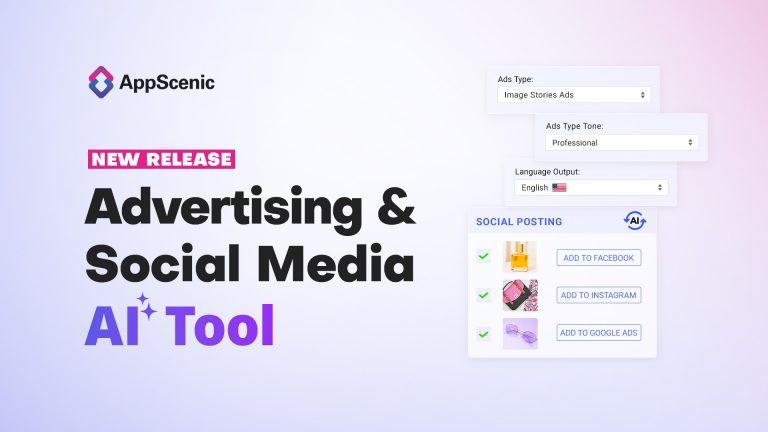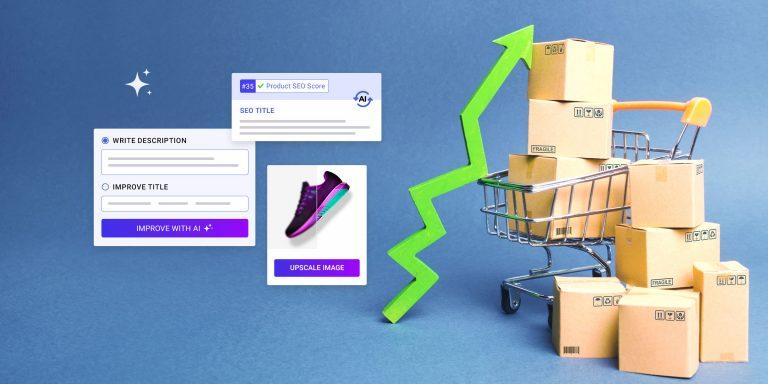Congratulations on launching your online shop and making those first few sales! We know how exciting it can be to see your hard work pay off. But let’s be honest; that’s just the beginning. You’re probably wondering how you can get your customers to keep coming back and how you can get a steady flow of orders every month.
Don’t worry; you’re not alone. Building a successful eCommerce business takes more than just launching your website and hoping for the best. You need to have a solid marketing strategy in place to attract potential customers and scale your business.
Now, we know that putting together an eCommerce marketing plan can seem daunting, especially if you’re new to the game. But fear not! In this article, we’ll explore some of the top marketing strategies for your online businesses based on the latest research and industry insights. These strategies will help you attract more customers, increase revenue, and stand out from the competition. So, let’s dive in!
Table of Contents
What Is eCommerce Marketing?
eCommerce marketing refers to the process of promoting and selling products or services through an online store. It’s all about using different digital channels and tactics to attract potential customers to your website and encourage them to purchase the product.
There are many different ways to do online marketing, including search engine optimization (SEO), social media advertising, generating wikipedia backlinks, and influencer partnerships. Each of these tactics helps to drive traffic to your online store, build brand awareness, and ultimately increase sales.
One of the biggest benefits of eCommerce marketing is that it allows you to reach a global audience, as anyone with an internet connection can potentially become your customer. Plus, it’s more cost-effective than traditional marketing methods like renting a physical storefront or billboard space.
Why Use eCommerce Marketing?
If you are still pondering why you should use eCommerce marketing, here are a few reasons that’ll help you make the right decision:
- Reach a wider audience: According to Statista, there are currently over 4.9 billion active internet users, with around 2.14 billion of them purchasing goods and services online. By creating a strong eCommerce marketing strategy, you can easily reach this vast online audience and tap into new markets.
- Boost sales and revenue: By leveraging online marketing tactics such as search engine optimization (SEO), pay-per-click (PPC) advertising, and link-building, businesses can drive organic traffic to their online store, ultimately boosting sales and revenue.
- Collect valuable data: It provides businesses with valuable data about their customers, including their preferences, behaviors, and purchase history. By analyzing this data, you can make informed decisions and take your online store to the next level.
However, in order to reap these benefits, you must implement a robust marketing campaign using the following strategies.
Best eCommerce Marketing Strategies To Try In 2024
The effectiveness of online marketing tactics generally depends on the business needs and target audience. Nevertheless, below are the top strategies that you can use to take your online business up a notch.
#1 Emphasize On Upselling
Upselling is a common practice in various industries as it encourages your target audience to spend more money by purchasing additional items during the checkout process. It allows you to increase the average order value and generate more revenue for your online store. Below are a few effective ways to incorporate upselling into your eCommerce marketing strategy:
- Product Bundling- Offer your customers the option to purchase a pack of related products together, which typically costs less than buying each item separately. This strategy works particularly well for retailers selling products in sets, such as skincare or makeup.
- Free Shipping Thresholds- Offer free shipping to customers who reach a certain order amount. This is an effective way to incentivize customers and encourage them to purchase more items.
- Cross-Selling- Suggest complementary products to customers during the checkout process. For example, suggest a laptop case, a wireless mouse, or additional accessories if a customer purchases a laptop.
Simply put, with the right upselling strategies, you can effectively boost your bottom line while also providing added value to your customers.
#2 Start An Affiliate Marketing Program
Affiliate marketing is a powerful tool to expand your eCommerce business and increase your revenue. By running an affiliate program, you can leverage the power of word-of-mouth referrals, thereby connecting with audiences of different demographics.
The concept is simple: you give your affiliates the ability to market your products through email or content campaigns. And in exchange, reward them with a commission for every sale they generate through their unique affiliate link.
To get started with your affiliate program, it’s essential to consider your affiliates’ eCommerce strategies and tailor your campaigns accordingly. For instance, some affiliates prefer to use pretty banners in their email campaigns, while others might try link-building. Hence, by understanding your affiliates’ marketing techniques, you can create targeted campaigns that will maximize your chances of success.
Nevertheless, when using an affiliate marketing program, learning how to get backlinks for affiliate website is crucial. It will help you strengthen your campaign and drive effective results. In fact, the success of your affiliate program depends on your ability to manage your links and communicate with your affiliates effectively. So, don’t rush your campaign; instead, take your time to study, research, and implement the program.

#3 Optimize Your eCommerce Store For Mobile Use
According to Statista’s report, In 2021, mobile devices accounted for roughly 54.8% of global website traffic. And by 2024, this percentage is anticipated to reach above 61%. So, if you want to stay competitive in the eCommerce industry, offering a flawless mobile experience is not just an option but a necessity. Otherwise, you are likely to be missing out on potential customers.
Not only this, but a poor mobile experience can turn away potential customers. Visitors may struggle to navigate the site, zoom in and out to read text, or deal with slow load times. This could lead to frustration and a negative brand experience, resulting in low sales.
To avoid this scenario, you must prioritize mobile optimization for your online store. It includes optimizing your site’s design, ensuring that text is readable, images are high quality yet small in size, and minimum loading time. Or, you can consider running the store on a platform that automatically optimizes customers’ mobile experience.
#4 Don’t Forget About Cart Abandonment
Let’s face it; we’ve all been there – scrolling through an online store, adding items to our cart, and then… nothing. The latest statistics (2022) reveal that the average cart abandonment rate is between 59.2% to 79.8%. This implies that nearly 60% of your target audience connects with the brand but is not converting.
There are numerous reasons why a customer abandons the carts – maybe they got distracted, perhaps the checkout process was too complicated, or maybe they just weren’t ready to commit yet. Whatever the reason may be, it’s essential that you don’t give up on these potential sales.
But how do you encourage these customers to complete their orders? Well, one easy way to win back abandoners is by sending them a friendly reminder that they left something behind. A Shopify case study found that sending a series of abandoned cart emails resulted in a 261% boost in revenue for an online store. Impressive, isn’t it?
So, don’t hesitate to show your potential customers some love and remind them of the items they liked in your online store. You could even go further by offering a discount or free shipping.
#5 Add A Blog Section To Your Website
According to HubSpot, companies that blog regularly generate 55% more website visitors and 97% more inbound links than those that don’t. This not only drives more traffic to your store, but also improves your search engine rankings and helps you reach a wider audience. And that’s precisely what your aim as an eCommerce company owner should be.
Simply put, if you don’t have a blog section for the visitors where they can read about your products or industry updates, it’s the right time to create one. You can share your insights on the latest trends, write in-depth product reviews, or even interview other experts in your field.
However, creating a successful blog takes more than just writing engaging content. To maximize your blog’s impact, you also need to consider search engine optimization (SEO). It means understanding what keywords and search terms your target audience uses and strategizing your content accordingly.
You must also ensure that your blog posts are easy-to-read with optimized structure, clear headings, and free of grammatical errors. Fortunately, you can use different content writing tools available online to improve the quality of your blog content and engage with the target audience.
To Sum It All Up
As online brands are taking over different industries, it is becoming increasingly crucial for you to step up the marketing game. And all the strategies that we’ve discussed in this article will aid you in accomplishing your set goals- connecting with the target audience and increasing sales. So, what’s the wait for? Try out these tactics right away!












